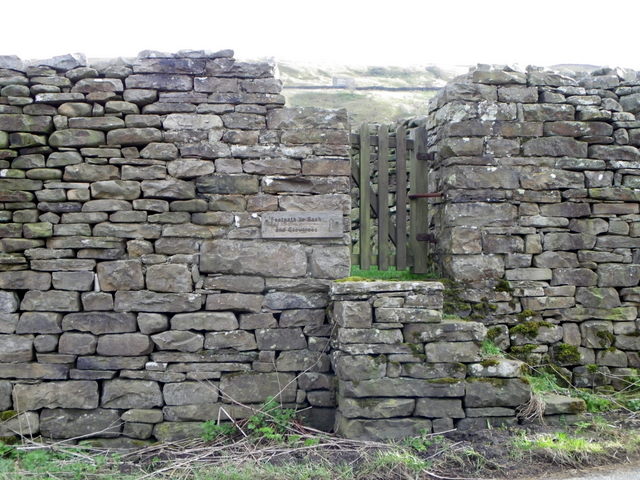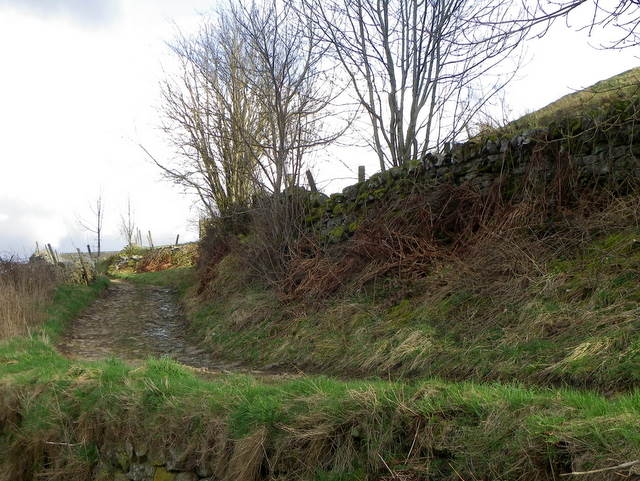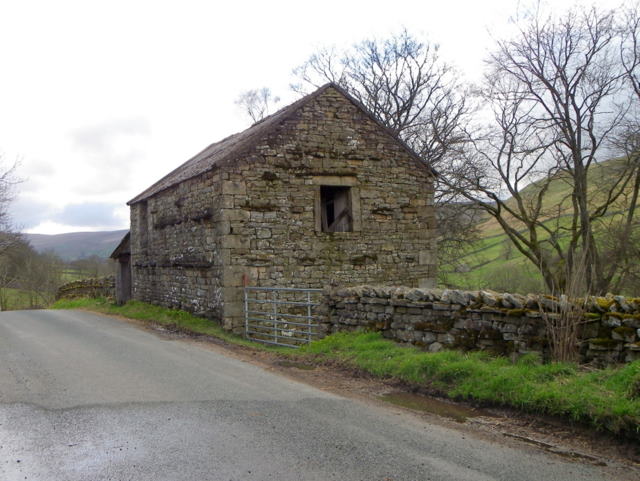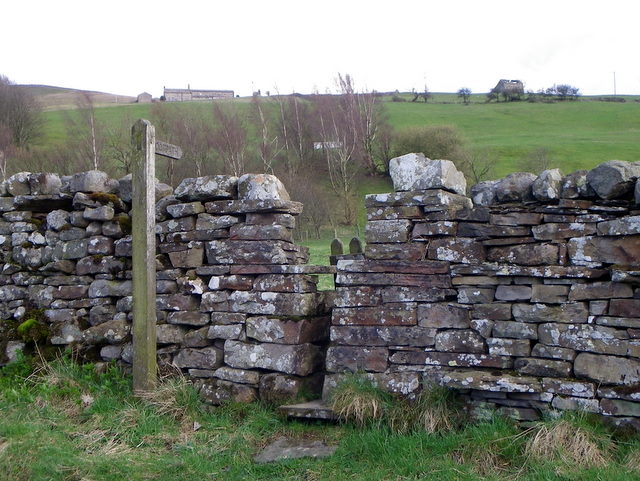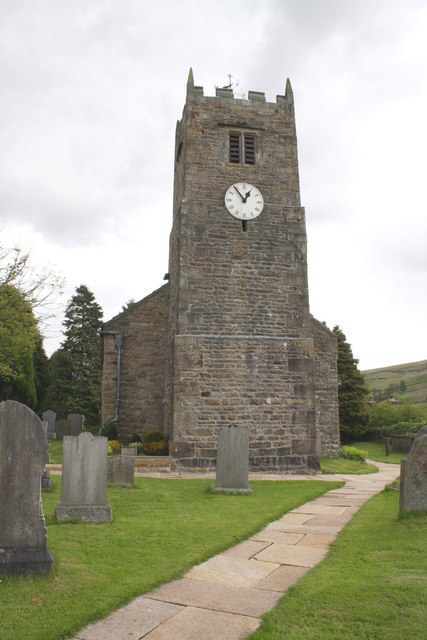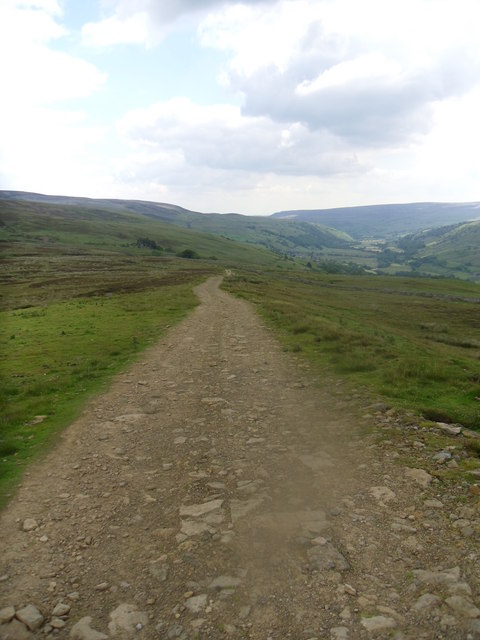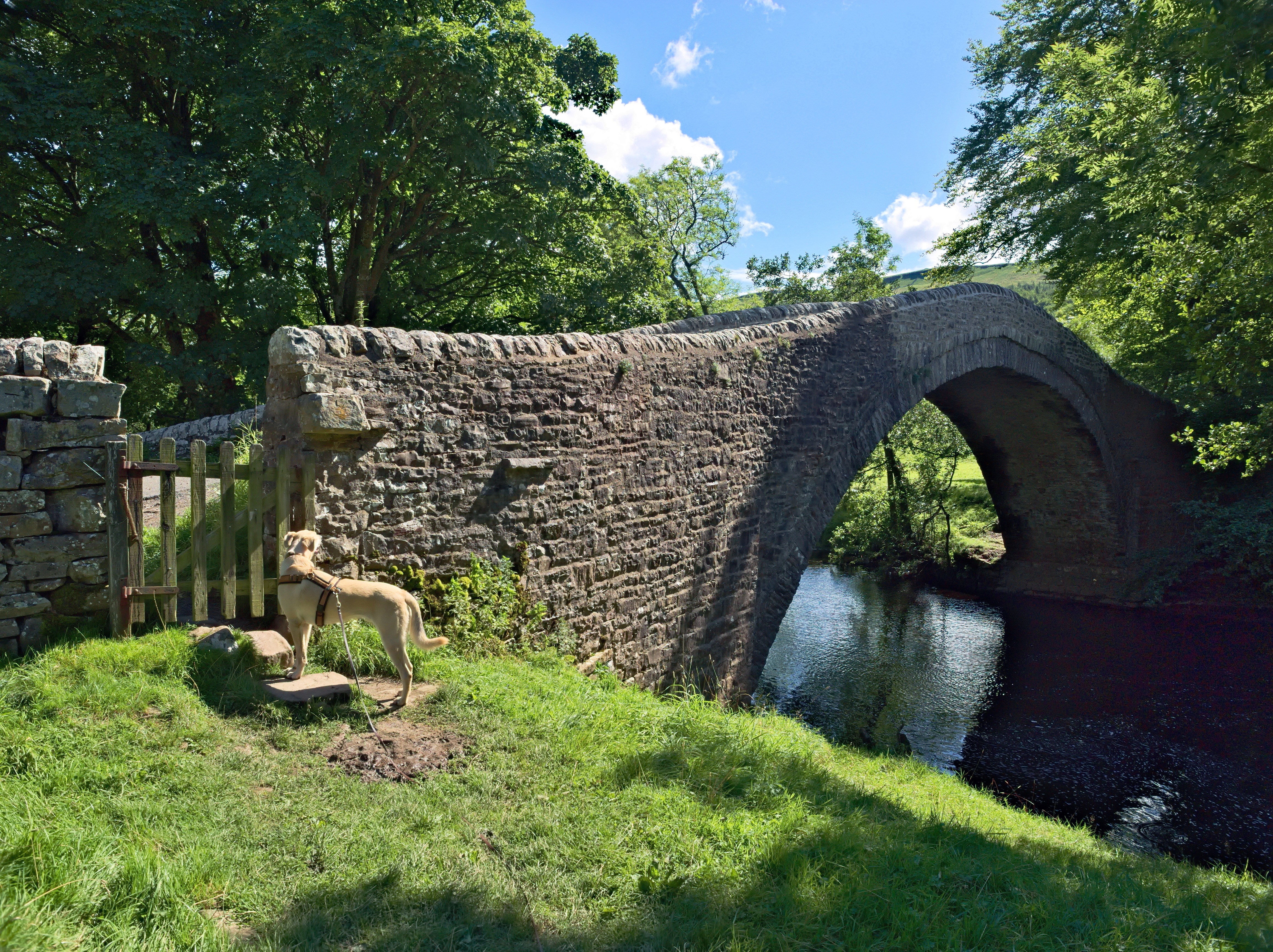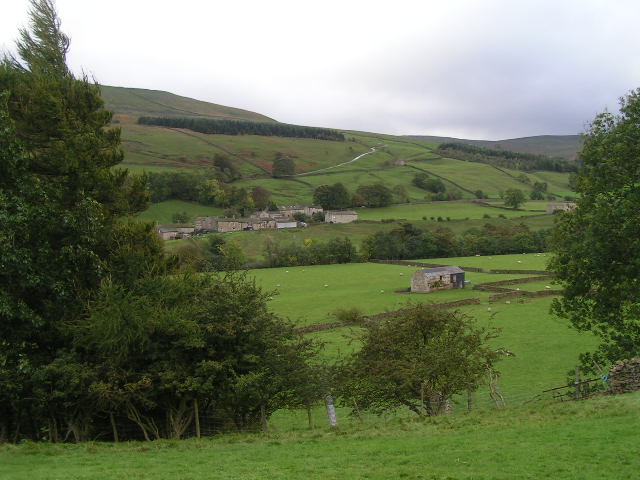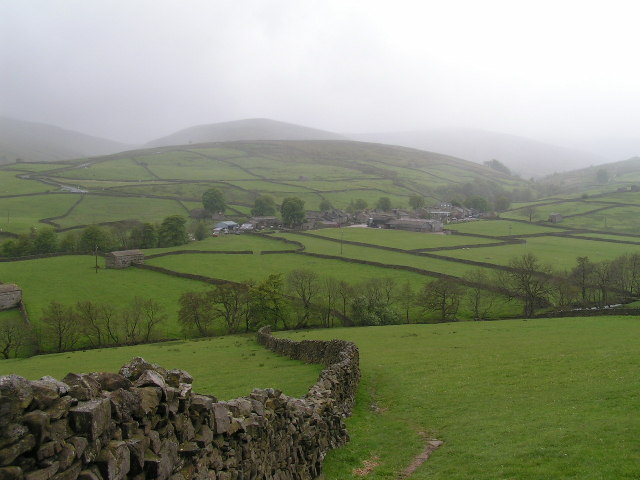Acres Wood
Wood, Forest in Yorkshire Richmondshire
England
Acres Wood
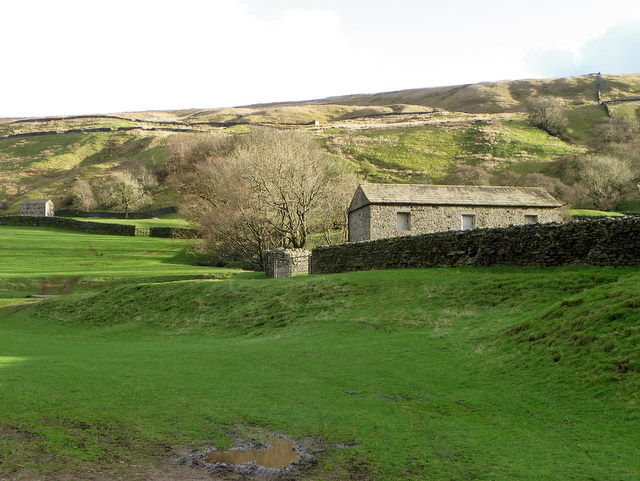
Acres Wood, located in Yorkshire, England, is a picturesque woodland area renowned for its natural beauty and tranquil atmosphere. It covers an expanse of approximately 50 acres, making it a substantial forest in the region. The wood is composed of a diverse range of tree species, including oak, beech, birch, and pine, creating a rich and vibrant ecosystem.
The wood features well-maintained footpaths that wind through the dense foliage, providing visitors with the opportunity to explore the area at their own pace. These paths are ideal for walking, jogging, or simply enjoying a leisurely stroll. Acres Wood also offers designated cycling trails, catering to outdoor enthusiasts of all kinds.
Wildlife thrives within the wood, with numerous species of birds, mammals, and insects calling it home. Birdwatchers will be delighted by the variety of avian species that can be spotted, including woodpeckers, owls, and various songbirds. Lucky visitors might even catch a glimpse of deer or foxes roaming through the undergrowth.
Acres Wood is a popular destination for nature lovers and offers a peaceful retreat from the hustle and bustle of city life. It attracts visitors year-round, with each season bringing its own unique charm. In spring, the wood is adorned with vibrant blooms and fresh greenery, while autumn transforms it into a sea of warm hues as the leaves change color.
Overall, Acres Wood is a magical place where visitors can immerse themselves in nature's beauty, experience a sense of tranquility, and connect with the diverse wildlife that thrives within its boundaries.
If you have any feedback on the listing, please let us know in the comments section below.
Acres Wood Images
Images are sourced within 2km of 54.374548/-2.1099234 or Grid Reference SD9297. Thanks to Geograph Open Source API. All images are credited.

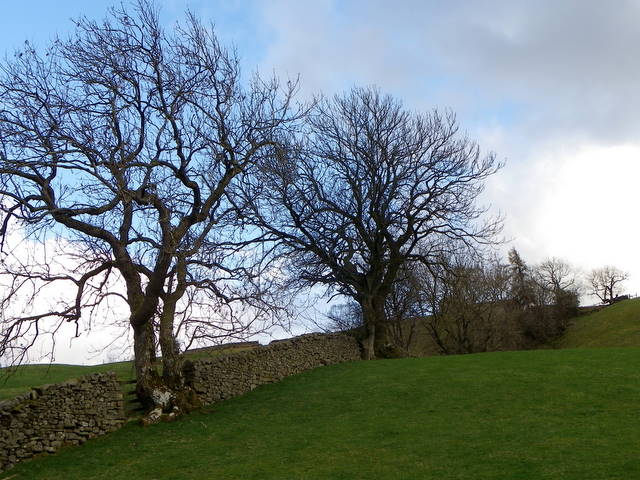
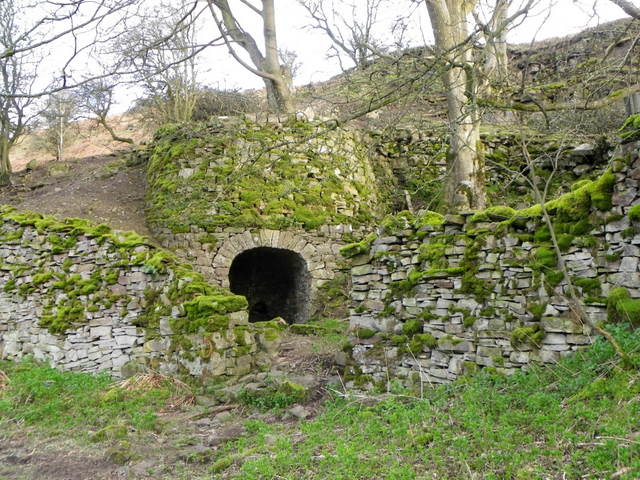
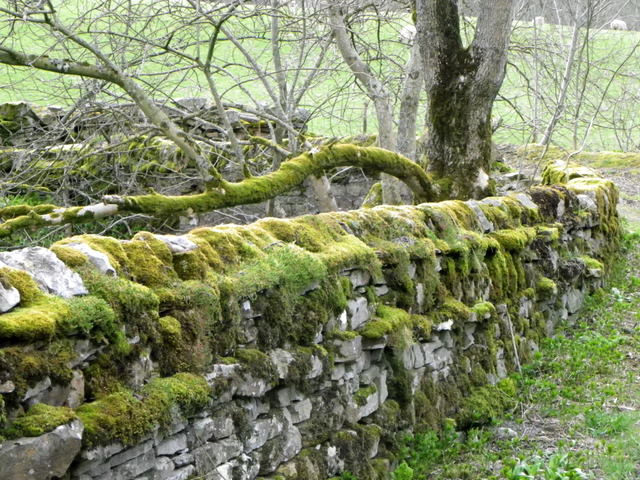
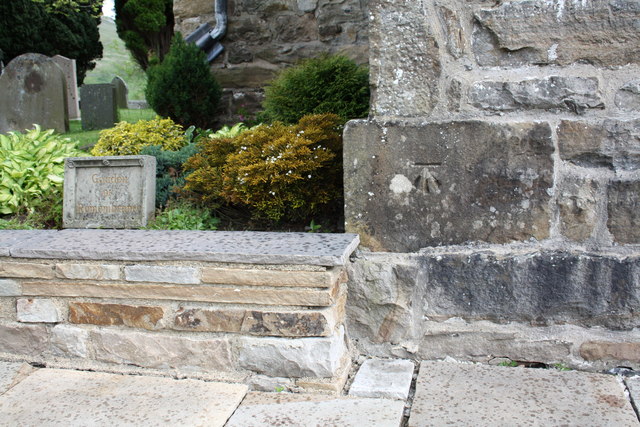
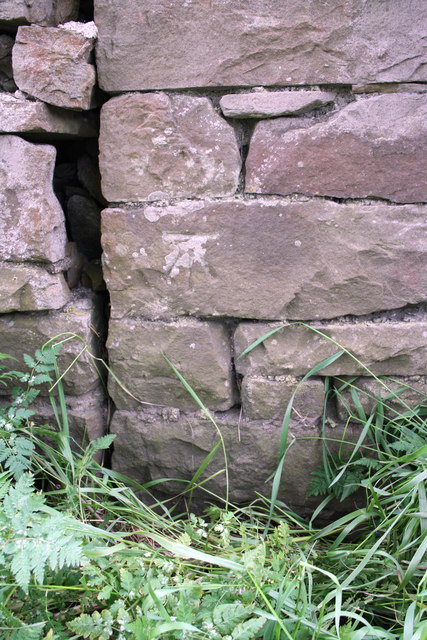
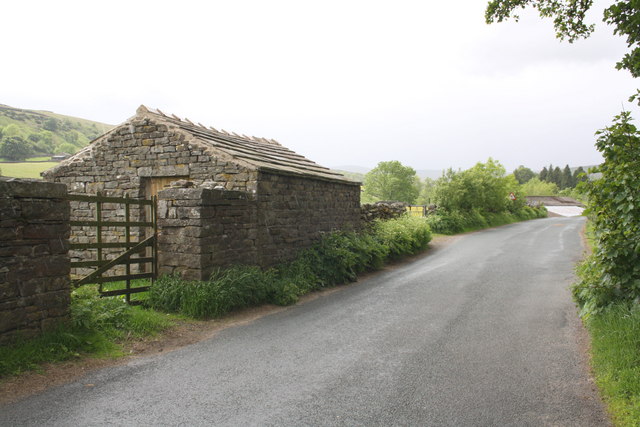
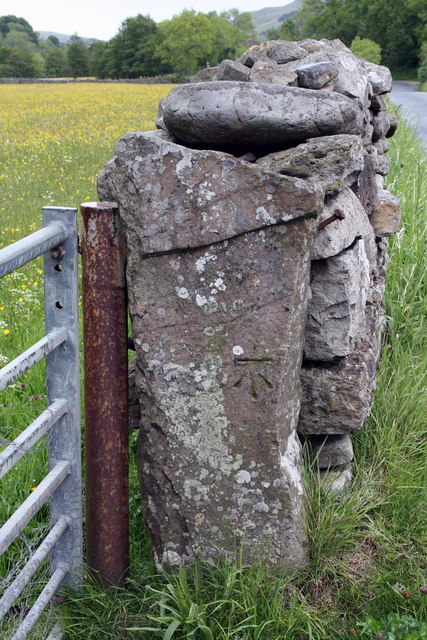
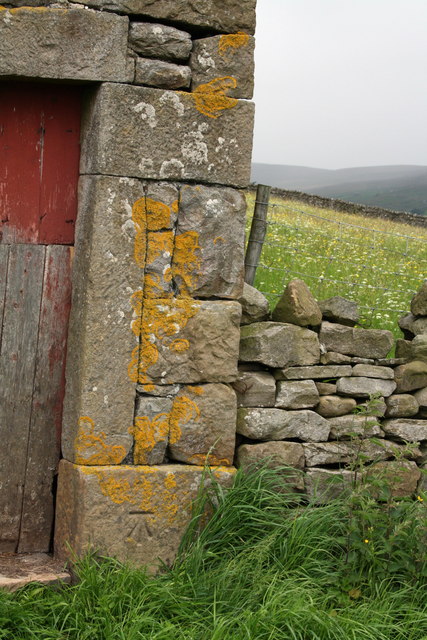
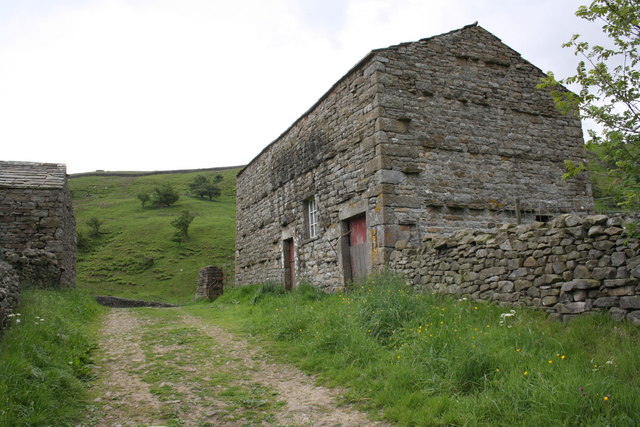
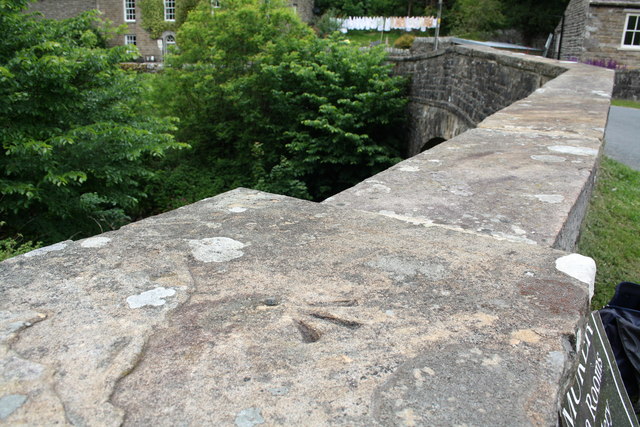
Acres Wood is located at Grid Ref: SD9297 (Lat: 54.374548, Lng: -2.1099234)
Division: North Riding
Administrative County: North Yorkshire
District: Richmondshire
Police Authority: North Yorkshire
What 3 Words
///robe.depth.fiery. Near Bowes, Co. Durham
Nearby Locations
Related Wikis
Ivelet
Ivelet is a hamlet in the Yorkshire Dales, North Yorkshire, England about a mile west of Gunnerside in Swaledale. Ivelet Bridge crosses the River Swale...
Satron
Satron is a hamlet in Swaledale, North Yorkshire, England. It lies 0.6 miles (1 km) south west of Gunnerside on the opposite bank of the River Swale. It...
Muker
Muker is a village and civil parish at the western end of Swaledale in North Yorkshire, England, within the Yorkshire Dales. The parish includes the hamlets...
Gunnerside
Gunnerside is a village in North Yorkshire, England. It is situated in Swaledale, on the B6270 road, 3 miles (5 km) east of Muker and 6 miles (10 km) west...
Arn Gill (North Yorkshire)
Arn Gill is a ravine or gully containing a beck of the same name, near the village of Muker in Swaledale, North Yorkshire, England. The ravine and beck...
Gunnerside Gill
Gunnerside Gill (or Ghyll) is a small valley in the Yorkshire Dales, England, which branches off Swaledale into moorland to the north of Gunnerside. The...
Melbecks
Melbecks is a civil parish in North Yorkshire, England. It is located in upper Swaledale and covers the settlements of Gunnerside, Low Row, Feetham and...
Thwaite, North Yorkshire
Thwaite is a small village in the Yorkshire Dales, North Yorkshire, England. It is in Swaledale and is part the district of Richmondshire and the civil...
Related Videos
Walking in Swaledale to Muker village, slow tv style
Swaledale, in the Yorkshire Dales National Park, is famous for its stone barns, meadows, the River Swale of course, and its ...
Spectacular Muker To Keld Wildflower Meadows Walk, Swaledale | Yorkshire Dales National Park
MUKER MEADOWS WALK: In the north of the Yorkshire Dales National Park you will find the unspoilt beauty of Swaledale.
Hiking around Gunnerside Yorkshire Dales
A family Hike to Gunnerside Gill in the Yorkshire Dales. Gunnerside is home to some wonderful old buildings that have been left ...
Nearby Amenities
Located within 500m of 54.374548,-2.1099234Have you been to Acres Wood?
Leave your review of Acres Wood below (or comments, questions and feedback).
